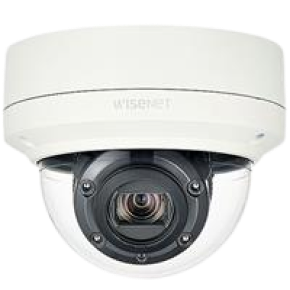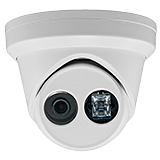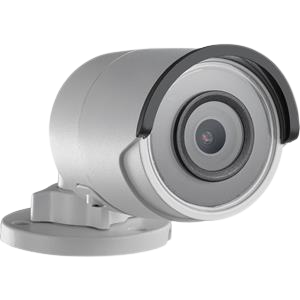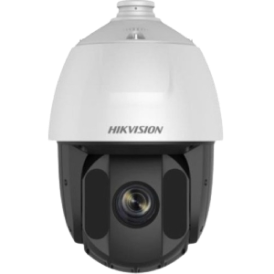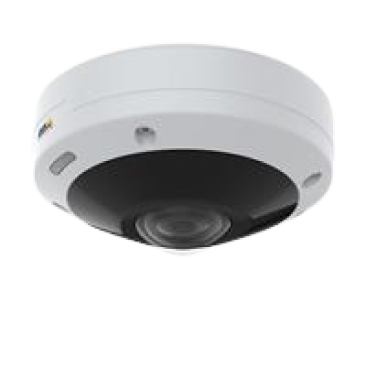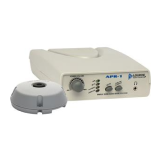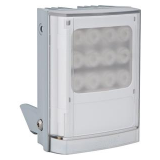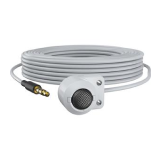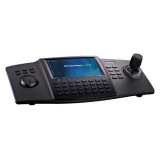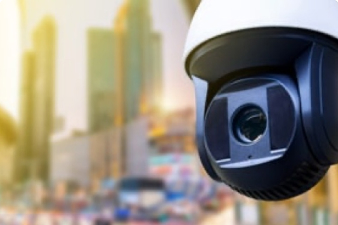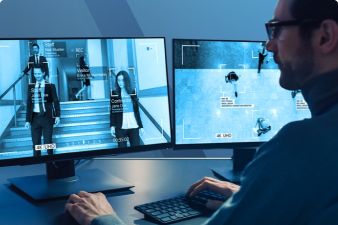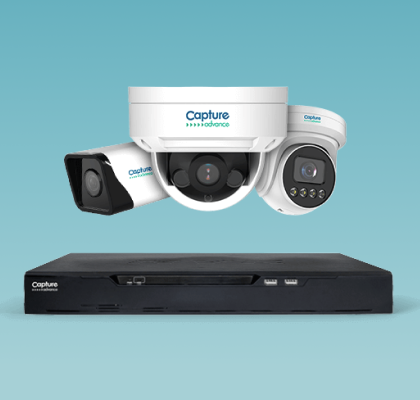Dome cameras are ceiling mounted and named for their dome-like shape. These cameras are commonly used in indoor surveillance applications. Some models are fixed in place, while others can be remotely controlled to pan, tilt and zoom. The shape of these cameras can make it difficult to determine which direction the camera is facing, which can help deter criminals. Most dome cameras have a vandal-proof encasing, so these are a good option for areas where you want to place a vandal-resistant camera.
Uses and applications: Casinos | Banks | Libraries | Exteriors of buildings | Hotels | Restaurants | Any area where a camera is susceptible to tampering or vandalism

